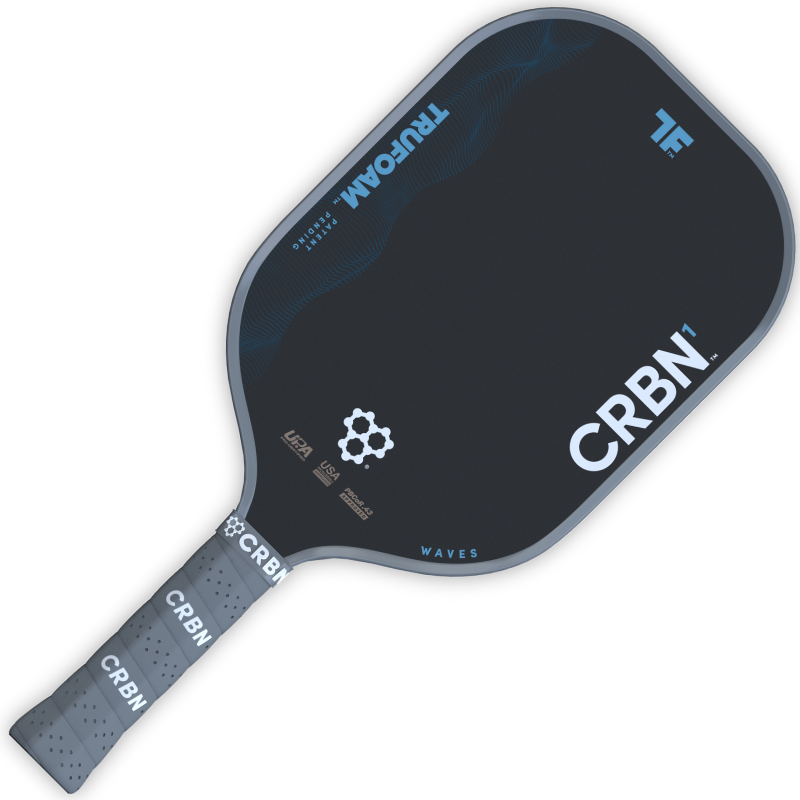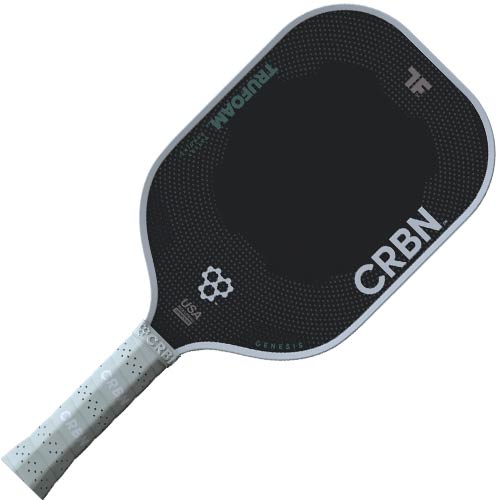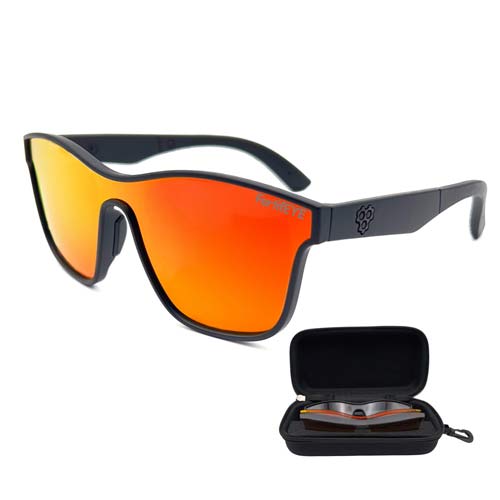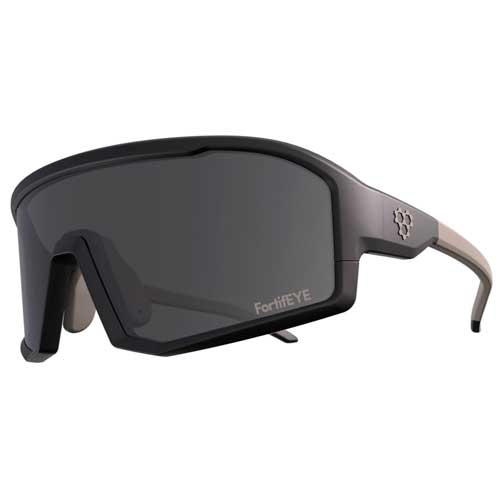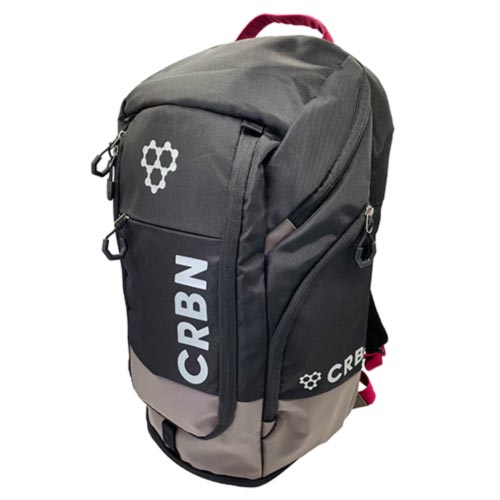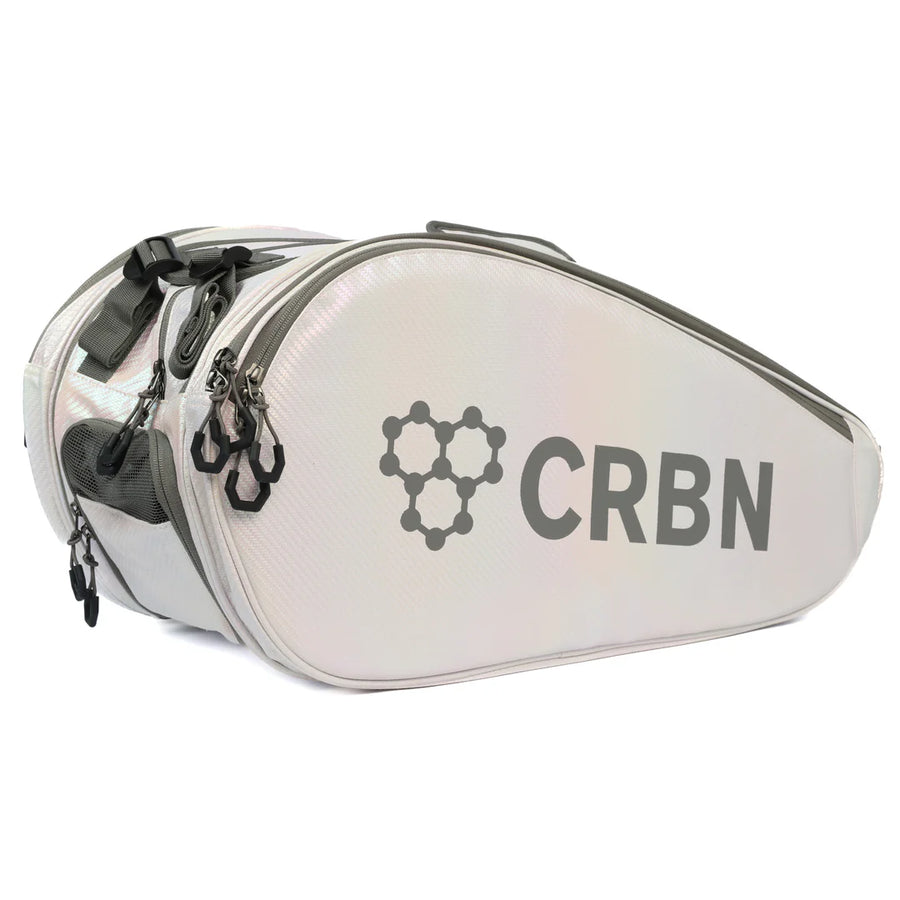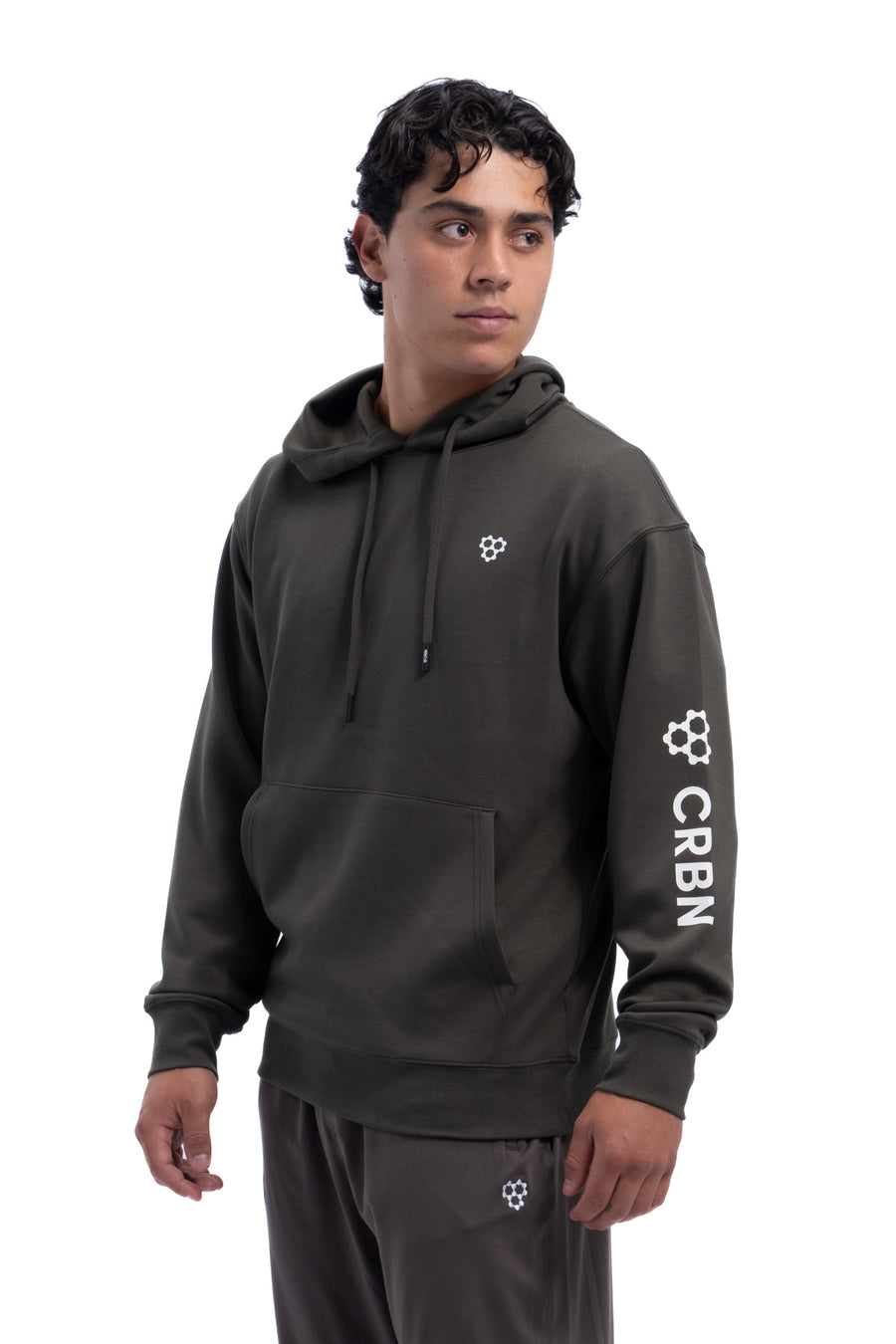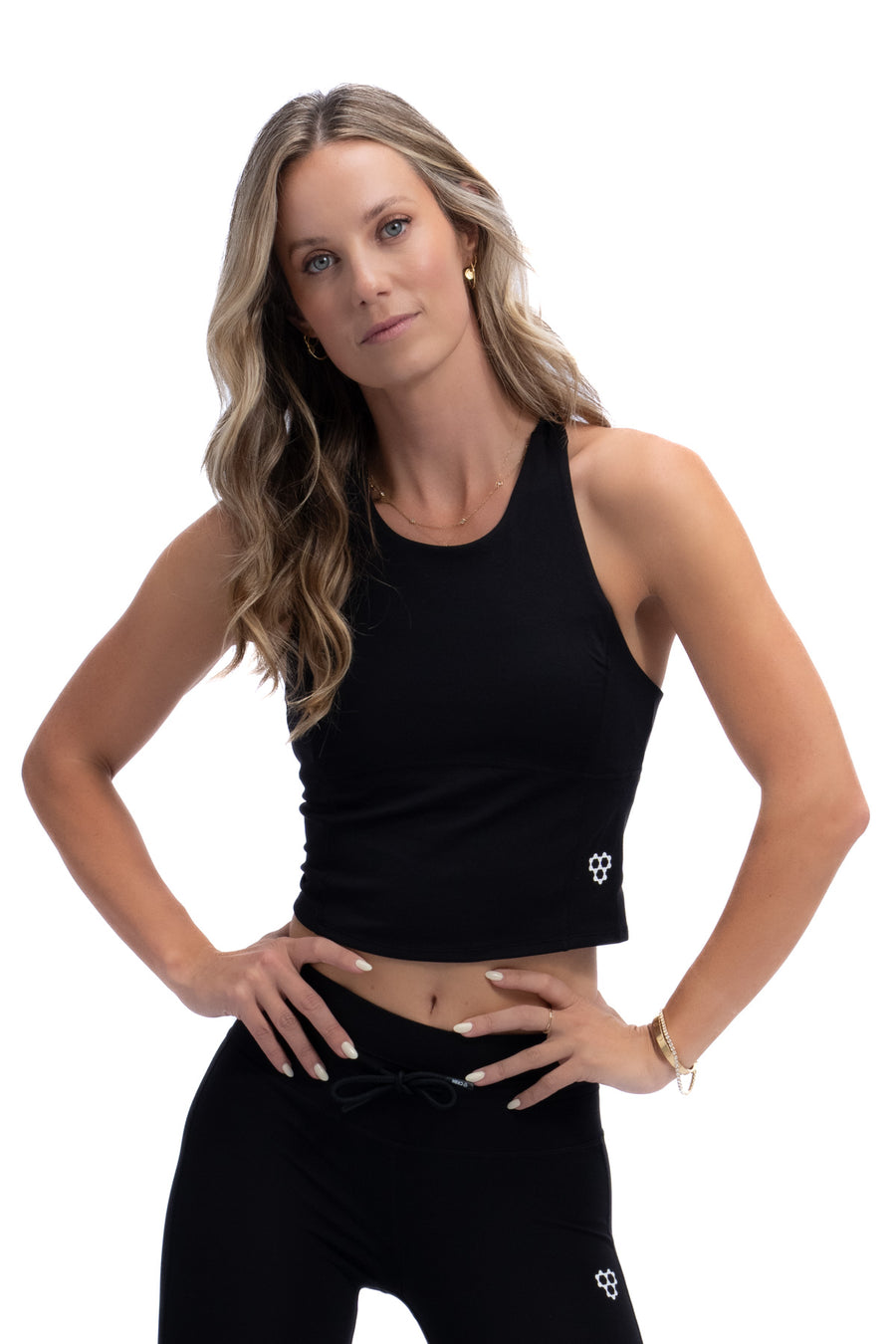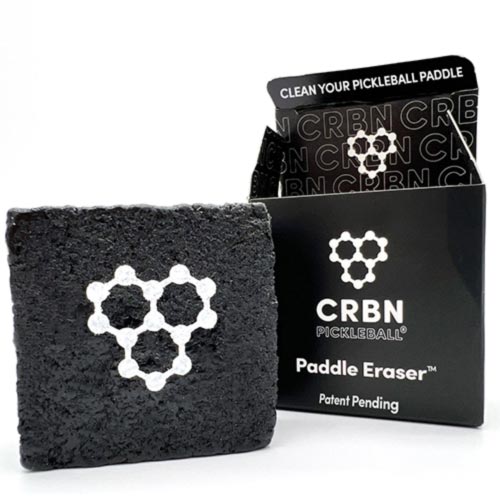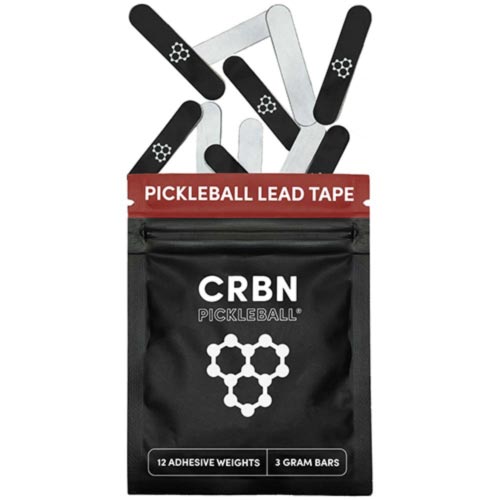How to Build a Better Backhand in Pickleball
If you’re avoiding your backhand in competitive play, you’re not alone—most players struggle with it. But what if we told you the key to unlocking your backhand power is a simple shift in how you think about your dominant hand?
In this episode of Pickleball Cheat Code, Brodie Smith and APP gold medalist Tanner Tomassi dive deep into everything you need to know about developing a killer two-handed backhand—from baseline drives to kitchen dinks.
Why Most Backhands Fall Flat
Many players think their non-dominant hand should do the heavy lifting in a two-handed backhand. Tanner calls that a myth. For real power, your dominant hand should be the engine—think of it as a lat row in the gym. Your non-dominant hand is there for shape—to brush and add spin. That single insight took Tanner from a weak backhand to ripping winners in singles and doubles.
Building Power and Shape
Here’s the basic formula:
-
Dominant hand = power
-
Non-dominant hand = spin and control
This works at every level of the court, but especially when hitting a backhand drive. Closed stance is key—like swinging a bat—with your body rotated and hips exploding through contact.
At the net or in mid-court? Shape matters more than power. That’s where the “cupping” motion comes in for dinks, allowing you to roll the ball cross-court and apply pressure without giving up consistency.
Speedups, Slices, and Style
When it comes to speeding up the ball at the kitchen line, the two-handed backhand has advantages. You may not generate as much raw power as a forehand, but you gain disguise and placement by controlling the wrist and paddle face. Tanner shares how even small wrist flicks can send the ball at sharp angles—ideal for catching opponents off guard.
Chop dinks? They still have a place, but if your opponent is rolling everything, you're in trouble. A good rule: if your opponent slices, roll; if they roll, don't feed the fire.
Training Your Backhand
The answer isn’t more complicated drills—it’s reps. Here’s what Tanner recommends:
-
Cross-court backhand dinks (aggressive but consistent) for 30+ minutes
-
Rallying from mid-court and baseline with a focus on contact and footwork
-
Isolating the backhand in your training—don’t just mix it in with everything else
Brodie shares his struggle with backhand confidence and how running around it (especially in doubles) can still work strategically. But if you’re serious about leveling up, there’s no substitute for dedicated work.
Pro Backhands to Watch
Tanner and Brodie shout out top players with standout backhands:
-
Connor Garnett – Complete package of power and precision
-
Ben Johns – Evolved from slicer to roller as the game changed
-
James Ignatowich, Hayden Patriquin, and Quang Duong – Aggressive, high-spin dinks
-
Andrei Dăescu – Surgical with the slice, though not overpowering
TL;DR Cheat Code
-
Your dominant hand drives the backhand.
-
Use your non-dominant hand for shape.
-
Closed stance = power.
-
Drill with intention.
-
Watch and learn from the pros.
🎧 Listen to the full episode of Pickleball Cheat Code on Spotify or Apple Podcasts for even more insights.
